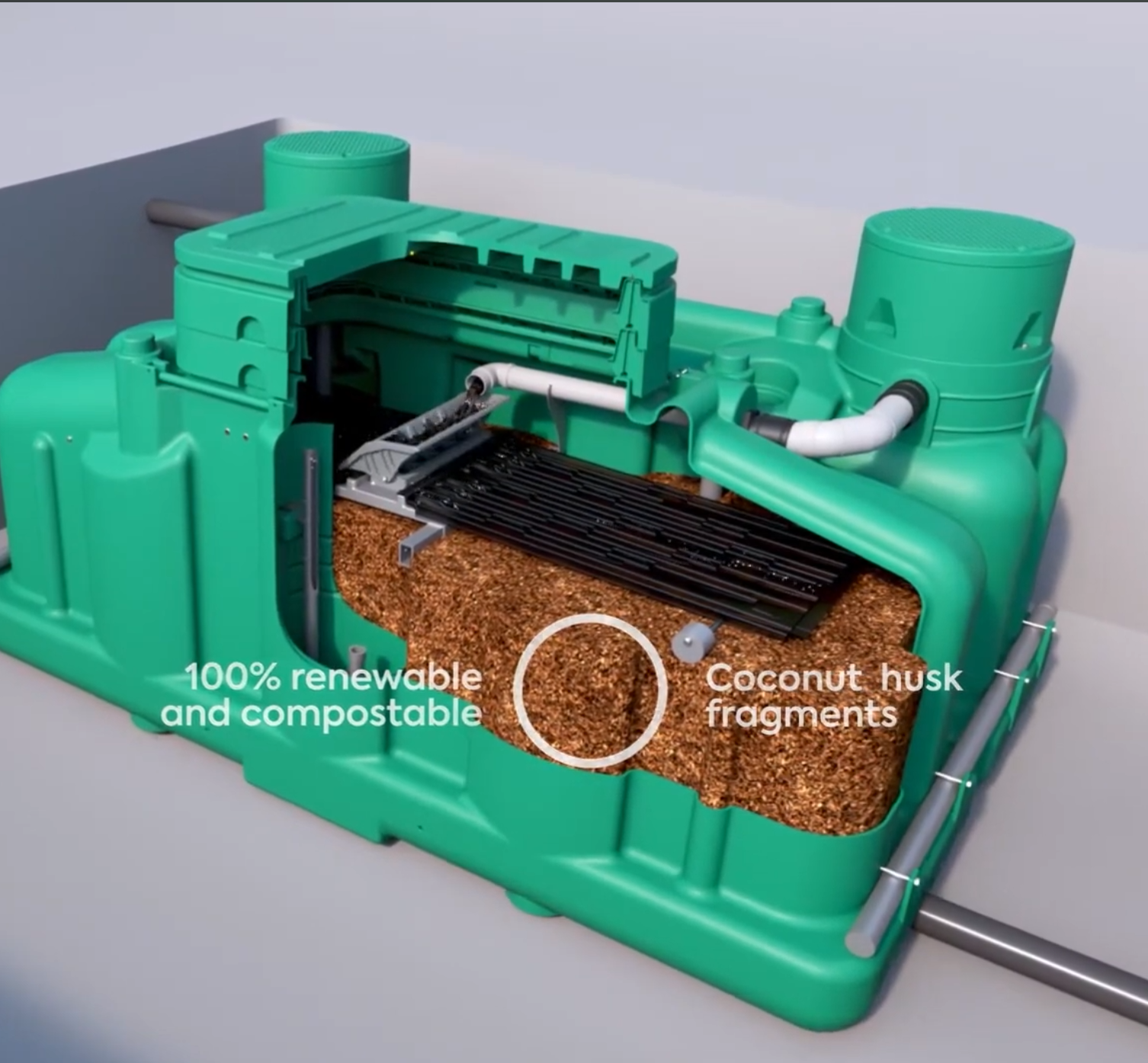Key points
• Eco-friendly Technology: The Ecoflo septic system is designed to provide an environmentally sustainable solution for wastewater treatment, utilizing natural processes to reduce the ecological footprint of sewage treatment.
• Advanced Filtration: This system incorporates a coconut husk fragment-based filtering process, which is highly effective in trapping and degrading pollutants, ensuring a high level of purification before the effluent is released into the environment.
• Low Maintenance: The Ecoflo septic system is known for its low maintenance requirements, as it does not rely on mechanical parts that can wear out, and the filtering media has a long lifespan before needing replacement.
Contents
- 1 Key points
- 2 Definition and Overview of Ecoflo Technology
- 3 The Importance of Sustainable Wastewater Management
- 4 Historical Development of Ecoflo Systems
- 5 Site Evaluation and Suitability Analysis
- 6 Permits and Regulations: Ensuring Compliance
- 7 Step-by-Step Installation Guide
- 8 Wastewater Treatment Efficacy
- 9 Longevity and Reliability of System Components
- 10 Regular Maintenance Schedule and Procedures
- 11 Ecoflo’s Contribution to Water Conservation
- 12 Lifecycle Assessment and Carbon Footprint
- 13 Residential Installations and Performance Data
- 14 Commercial and Community-Scale Projects
- 15 Adaptations in Diverse Environmental Conditions
- 16 Policy Implications and Global Adoption Trends
- 17 Comprehending the Ecoflo Septic System
- 18 Glossary of Terms Related to Ecoflo Systems
- 19 Contact Information for Ecoflo Manufacturers and Service Providers
- 20 Frequently Asked Questions (FAQ)
Definition and Overview of Ecoflo Technology
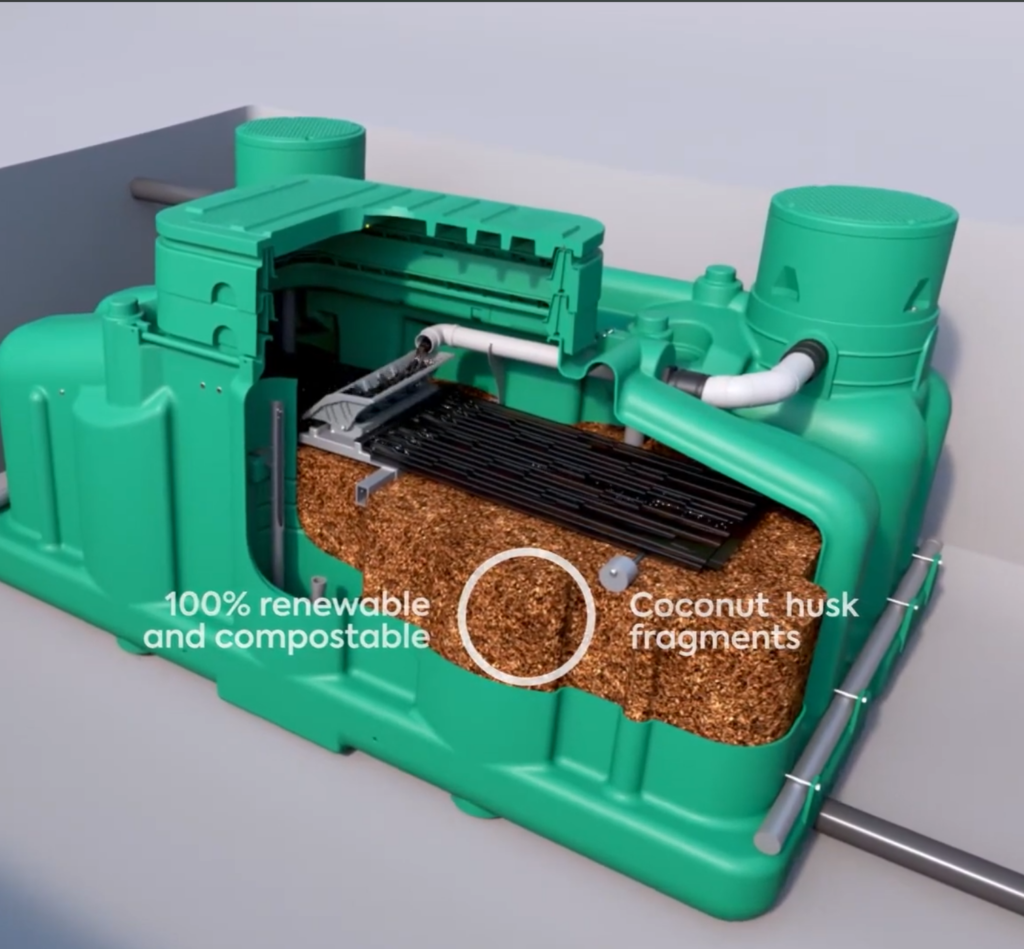
Ecoflo technology is defined by its unique approach to sewage treatment, which combines a compact design with natural filtration methods. In essence, these systems use a coconut husk-based filtering medium that’s renowned for its durability and high efficiency at trapping and treating contaminants. Through this method, Ecoflo softens the environmental impact, as it requires no energy input and minimal maintenance – shining as a paragon of eco-friendliness.
The Importance of Sustainable Wastewater Management
On the sustainability front, managing wastewater in a manner that’s both effective and causes minimal damage to our planet is not just good sense – it’s imperative. As communities grow and strain local ecosystems, technologies like Ecoflo step up to bat, offering ways to lessen our ecological footprint. By leveraging such innovations, we can safeguard vital resources like water while adhering to stricter environmental regulations.
Historical Development of Ecoflo Systems
Digging into the past, it comes to light that the concept for Ecoflow sprouted from an increasing demand for improved wastewater management. Developed over years of research and refinement, it has blossomed into an acclaimed model for domestic and small-scale sewage treatment since its inception back in the ’90s. Its ongoing evolution has continually made strides toward greater performance and reliability—the hallmark of sustainable development—proving that sometimes, looking back helps us move forward in leaps and bounds.
The Ecoflo Septic System offers a reliable approach to managing wastewater in an environmentally conscious manner. At its core, the system incorporates a sequence of well-designed units that each play their specific role in purifying household wastewater.
Primary Treatment Unit: Function and Design
In the first stage, raw sewage enters the primary treatment unit where denser solids settle to the bottom, forming sludge, while lighter substances like fats and oils float to the top, creating scum. This process reduces the load on subsequent stages by removing a significant portion of the solid waste.
Secondary Treatment: The Biofilter
Moving on, the partially treated water proceeds to the biofilter. Here’s where the magic happens: microorganisms residing within this secondary treatment zone break down remaining organic matter. The design is such that it enhances bacterial activity and filtration efficiency.
Organic Material as the Filtration Medium
Rather than relying on inorganic filters, the highlight of this system is its use of organic materials such as coconut husks or peat moss. These natural elements have not one but two roles — fostering microbial life essential for decomposition and acting as physical filters for smaller particles.
Maintenance of the Biofilter
Keeping up with maintenance surely isn’t anyone’s favorite chore, but it’s a must. For the biofilter to perform optimally, regular inspections and occasional replenishment of the organic material are necessary; luckily, it’s less often than you’d think due to its durability.
Tertiary Treatment and Effluent Disposal
Post these stages comes tertiary treatment where any lingering contaminants bid farewell through additional methods like sand filtration or constructed wetlands depending on local regulations and system design.
Clarification and Disinfection Processes
We can’t skip over clarification and disinfection. The former separates any remaining bits and bobs suspended in water whilst disinfection knocks out pathogens.
Effluent Polishing and Release
To top off – quite literally – effluent polishing refines this already cleaned water even further before it gracefully makes its exit back into the environment via methods such as drip irrigation or leaching fields, ensuring minimal impact.
Eco-friendly and efficient – that’s Ecoflo for you! Just remember to stick with those maintenance schedules.
Site Evaluation and Suitability Analysis
Before diving into an Ecoflo septic system installation, it’s pivotal to assess the lay of the land – quite literally. This phase involves analyzing soil characteristics, topography, and other ecological factors to ensure the proposed area is up for the task. Through a bit of digging – both figuratively and literally – professionals evaluate whether the site makes the grade for an optimally functioning Ecoflo system.
Permits and Regulations: Ensuring Compliance

Next up, you’ll need to navigate the bureaucratic maze. Securing necessary permits and making sure all i’s are dotted and t’s crossed in accordance with local regulations isn’t just advisable; it’s a must to keep everything on the level. Skipping this step can lead to a heap of troubles down the road.
Step-by-Step Installation Guide
A bit of elbow grease is required to lay the groundwork for your Ecoflo septic system. This starts with excavating a spot that’s spot-on in dimensions. Then comes preparing a sturdy base, ensuring it’s as level as can be and ready for what’s to come.
Installing the Treatment Units
With the foundation set, it’s time to bring in the main players: the treatment units. Carefully placing them into their new home without causing any damage calls for a steady hand and keen eye for detail. Once these units are snugly fit into place, they’re about ready for action.
Connection to Household Plumbing
Last but not least, connecting your household plumbing to this new setup. Expertly linking your home’s pipes with the system ensures waste begins its journey towards eco-friendly treatment without a hitch.
To sum things up: Installations are nothing easy; they’re intricate processes where cutting corners simply won’t cut it. From start-to-finish, each stage demands attention to detail. A successful installation culminates in seamless integration of an Ecoflo system that handles waste sustainably while keeping Mother Earth smiling wide.
Unraveling the functioning of Ecoflo septic systems reveals that these ingenious setups cleverly utilize mother nature’s methodology to handle wastewater. The beauty of it lies in the blend of advanced technology and natural processes, working together seamlessly.
Anaerobic Digestion in the Primary Treatment Unit
To kick things off, the primary treatment unit is where the magic starts, with anaerobic digestion playing a pivotal role. No oxygen? No problem. Anaerobic microorganisms thrive in such environments, breaking down solids in the waste without a whiff of air. The outcome? A sludge at the bottom and scum on top; it’s not rocket science but a little nifty microbial digest-a-thon.
Aerobic Treatment and the Role of Microorganisms
After the initial breakdown, aerobic treatment takes center stage. Here’s where oxygen loving tiny critters come into play. With a zest for environmental clean-up, these microorganisms gobble up pollutants while adding some life-giving O2 to the mix. It’s quite the shindig – all aimed at purifying water like there’s no tomorrow.
Natural Fiber Media: Features and Advantages
Natural fiber media. It’s not just fluff; this part captures particulates and provides a cushy home for micro-organisms that do the heavy lifting. What’s more, being eco-friendly and highly efficient makes natural fiber media a win-win in an environmentally-conscious world.
Ecoflo systems are no doubt a testament to sustainable innovation in wastewater management. Their operation is a symphony orchestrated by nature itself, precisely tuned by human ingenuity.
When diving into the specifics of the Ecoflo septic system’s performance, it’s clear that it’s a champ in efficiently treating wastewater. By integrating organic materials as a filter, this system captures and breaks down pollutants at an impressive rate. The Ecoflo uses a peat-based filtering process, which doesn’t require energy-hungry mechanics to do its job, making it a green choice for savvy homeowners. It’s pretty efficient, saving on both electrical costs and reducing your carbon footprint.
Wastewater Treatment Efficacy
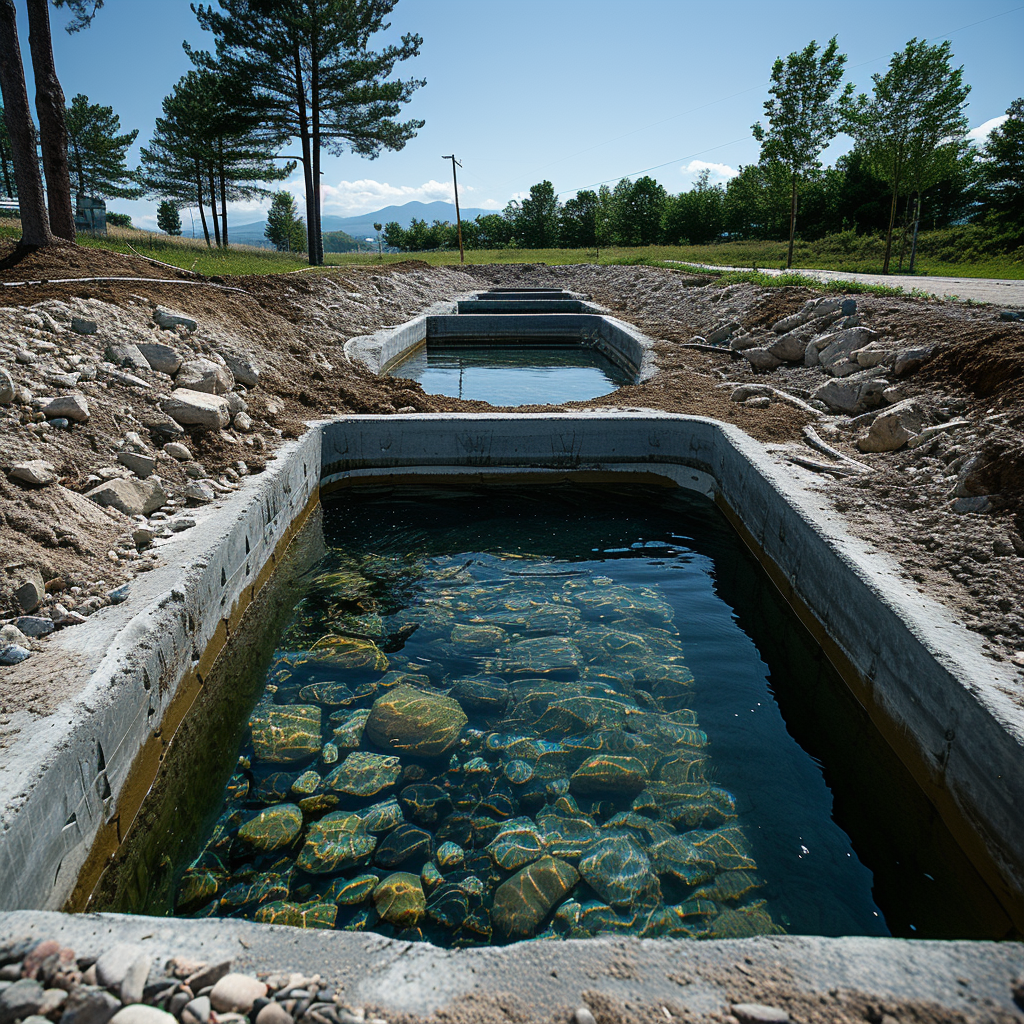
In terms of wastewater treatment muscle, the Ecoflo system flexes its strength by delivering high-quality results consistently. The biological filtration process is not just nifty science; it actually translates to real-world effects where treated water that exits the system meets environmental standards. This means less fuss and worry about the impact on local ecosystems.
Longevity and Reliability of System Components
Ecoflo doesn’t disappoint. With a robust design that minimizes moving parts, wear and tear is kept to a minimum. In fact, systems have been known to last longer than 15 years with proper care – that’s quite the track record! Scheduled maintenance checks help keep things running smooth as butter, ensuring parts are functioning correctly and efficiently.
Comparative Analysis with Traditional Septic Systems
Compared to regular ol’ septic systems, Ecoflo stands out like a star athlete among amateurs. For starters:
– Energy use is typically lower ’cause there ain’t any electrically powered components necessary in the primary treatment stage.
– Maintenance gets an easy button since passive systems like these require fewer check-ups.
– And let’s not forget longevity – traditional systems may need more frequent replacement of certain parts.
So all in all, stacking up against conventional systems, Ecoflo sure makes a compelling case for itself.
On the whole, while nothing’s perfect and there might be an occasional snag here or there, snafus are rare with the Ecoflo septic system. It’s an eco-friendly way to manage wastewater without compromising on quality or performance. Whether you’re lookin’ at efficiency or comparing nuts and bolts with traditional setups, it’s safe to say Ecoflo brings a lot to the table when discussing sustainable waste management solutions.
Regular Maintenance Schedule and Procedures
A well-maintained Ecoflo Septic System is pivotal for prolonged efficiency and sustainability in managing wastewater. Stick to a consistent inspection and upkeep timeline – it’s not rocket science, but it’s crucial. Regular tasks include inspecting the filter and the integrity of the System‘s components at least once a year.
Don’t forget; pump outs should occur every 3 to 5 years depending on usage to prevent sludge from hindering your system’s flow.
Identifying and Resolving Common Issues
Murky woes arise if the drain field gets too much on its plate- be on guard for sogginess or funky smells. A clogged filter can spell trouble too, causing backups with nowhere to skedaddle.
Professional Servicing and Support
If DIY isn’t your style or things seem dicey, professional support should be on speed dial. But choose wisely – only experts familiar with the nitty-gritty of Ecoflo should poke around your system. They’ll do thorough diagnostics, including checks and balances on pre-treatment units and piping networks – ensuring everything’s ticking along nicely. So lean on those pros yearly or when troubleshooting has got you stumped – they have got the know-how you might not.
Just a little nudge – maintenance isn’t mumbo jumbo; it keeps major mishaps away. By adhering to these guidelines, weaving between proper care and expert intervention when necessary, your Ecoflo Septic System will be the MVP of sustainable waste management for yonks!
When considering the health of our planet, a little switch to sustainable technologies can go a long way—especially with systems like Ecoflo that are designed to minimize environmental detriment. Ecoflo septic systems are exceptional in their efficiency at reducing the levels of nutrients and pathogens before the effluent returns to the ecosystem. This is achieved through natural filtration processes, which significantly cut down on pollutants that could harm local waterways. Hence, healthier aquatic life flourishes and groundwater remains cleaner.
Reduction of Nutrient and Pathogen Levels in Effluent
Ecoflo handles waste in a way that substantially lowers nutrient loads—like nitrogen and phosphorus—which are known troublemakers for water bodies. Not only that, it makes sure harmful bacteria and viruses don’t crash the nature party by filtering them out effectively. The system uses organic materials to enhance filtration, so when wastewater bids adieu, it leaves as a much cleaner guest.
Ecoflo’s Contribution to Water Conservation

Ecoflo doesn’t just think about today but also tomorrow. It aids in preserving water not by small amounts but significantly—vital during seasons where every drop counts. Its innovative design backstops wastefulness by retaining water within the system for plant uptake.
Lifecycle Assessment and Carbon Footprint
Across its lifespan, this system boasts low energy demands alongside reduced greenhouse gas emissions compared to traditional methods. Digging deeper into its lifecycle reveals that from production to end-of-life management, there’s much less carbon footprinting around with Ecoflo. It supports not just an immediate environmental impact but also keeps an eye on long-term sustainability goals.
Ecoflo goes miles further in transforming waste management into a more sustainable venture. By trading off excess nutrients and unwanted germs for higher water conservation practices and mindful carbon stewardship, this system offers a robust solution for keeping both Mother Nature and future generations smiling.
Residential Installations and Performance Data
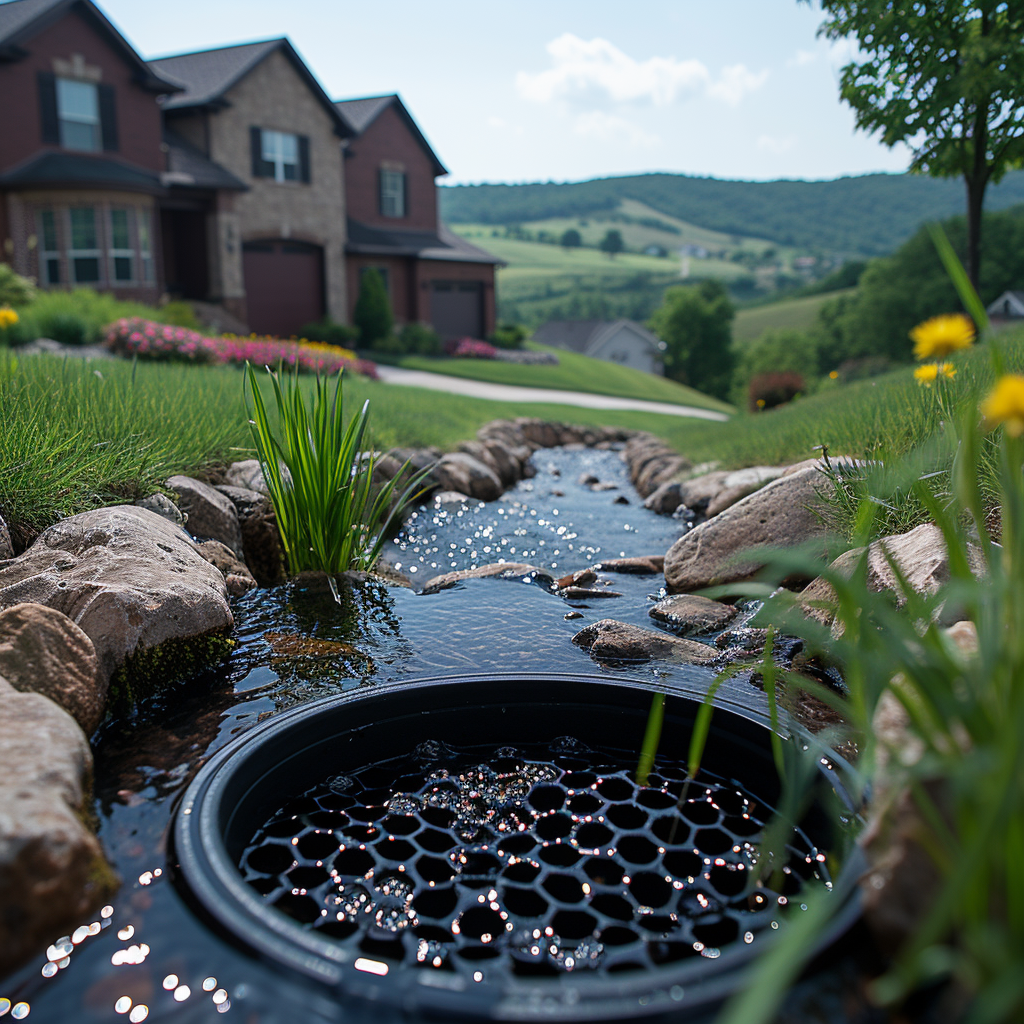
A peep into the Ecoflo Septic System’s track record at homes paints a pretty picture. Homeowners who’ve taken the plunge into sustainable wastewater management with Ecoflo have heaps to cheer about. A slew of residential installations dots the landscape, giving us oodles of performance data to mull over.
Digging into this wealth of info reveals that, by and large, Ecoflo units are knocking it out of the park when it comes ’round to efficiency and reliability. They’re managing to meet, and often zoom past, environmental standards for water purification. It’s backed by rigorous monitoring and assessments that keep tabs on how these systems are doing their job.
Commercial and Community-Scale Projects
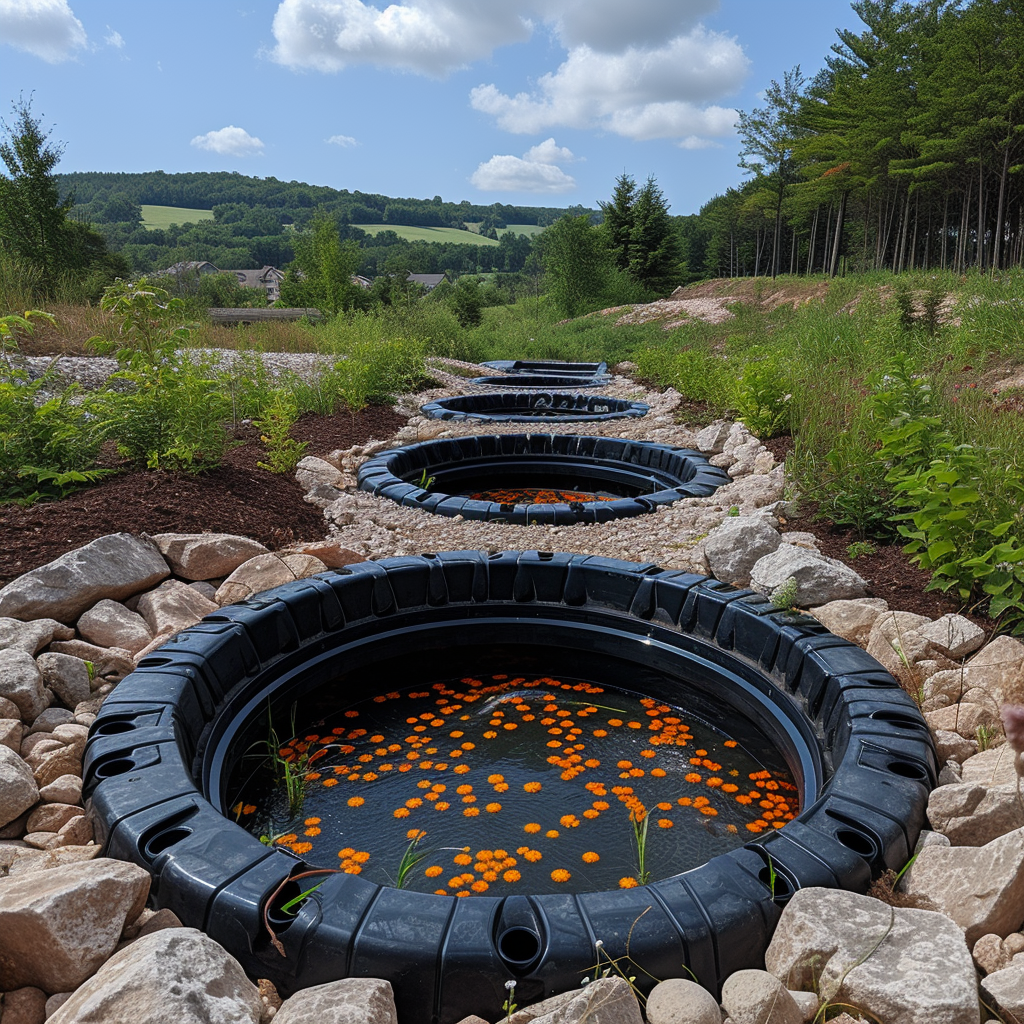
Scaling up from the humble abode, Ecoflo doesn’t shy away—it shines in commercial and community ventures as well. These initiatives really show off the system’s chops in handling larger loads without breaking a sweat.
Pulling off successful projects on this scale is no walk in the park, but real-world applications demonstrate that Ecoflo systems have what it takes. They’re adaptable dynamos, catering to a range of businesses and group settlings—from small enterprises to whole neighborhoods. The performance stats from these installations aren’t something you’d shove under the rug either; they consistently report high-quality effluent that meets—or waltzes right over—local enviro requirements.
Adaptations in Diverse Environmental Conditions
One of the great benefits of these systems is adaptability. Regardless of whether it’s sweltering hot or bone-chillingly cold, these systems show they can tough it out in diverse environmental conditions with aplomb.
Popping open case studies show that in parched deserts or waterlogged marshes alike, Ecoflo setups remain steadfast. They adjust like champs to moisture levels and soil types that would throw lesser systems for a loop. Whether it’s on rocky terrains or amidst dense clay, waste is managed in an eco-friendly way no matter where they lay their pipes.
The road-tested robustness of Ecoflo has given folks plenty to chat about when it comes ’round to sustainable septic smarts!
When it comes to the evolution of Ecoflo technology, research, and development are steaming ahead. Like any other technological field, there’s always room for improvement.
Research and Development in Ecoflo Technology
Innovators aren’t resting on their laurels—far from it. They’re constantly seeking new ways to make Ecoflo systems even more reliable and effective. This could mean anything from finding more sustainable materials for biofilters to improving the system designs for better adaptability in diverse environments. There’s a buzzing hive of activity aiming at reducing maintenance needs while maximizing performance.
Integration with Renewable Energy Sources
The synergy between renewable energy resources and Ecoflo systems could be a game-changer. Imagine septic systems powered by solar panels or small-scale wind turbines, reducing reliance on non-renewable energy sources—that’s where we’re heading, folks. This integration not only boosts the sustainability factor but also slashes operational costs over time.
Policy Implications and Global Adoption Trends

The global swing towards sustainability is reflected in policies that encourage, or sometimes mandate, the use of environmentally friendly wastewater solutions. As these policies catch on globally, you can bet your bottom dollar that we’ll see a spike in the adoption of advanced systems like Ecoflo across different continents.
To cut to the chase, it’s clear as day that policymakers and environmental gurus are pushing hard for widespread acceptance. As more countries jump onto the bandwagon, donning Ecoflo tech with open arms, we’ll witness a significant impact on how communities manage their wastewater—the greener, the cleaner!
Comprehending the Ecoflo Septic System
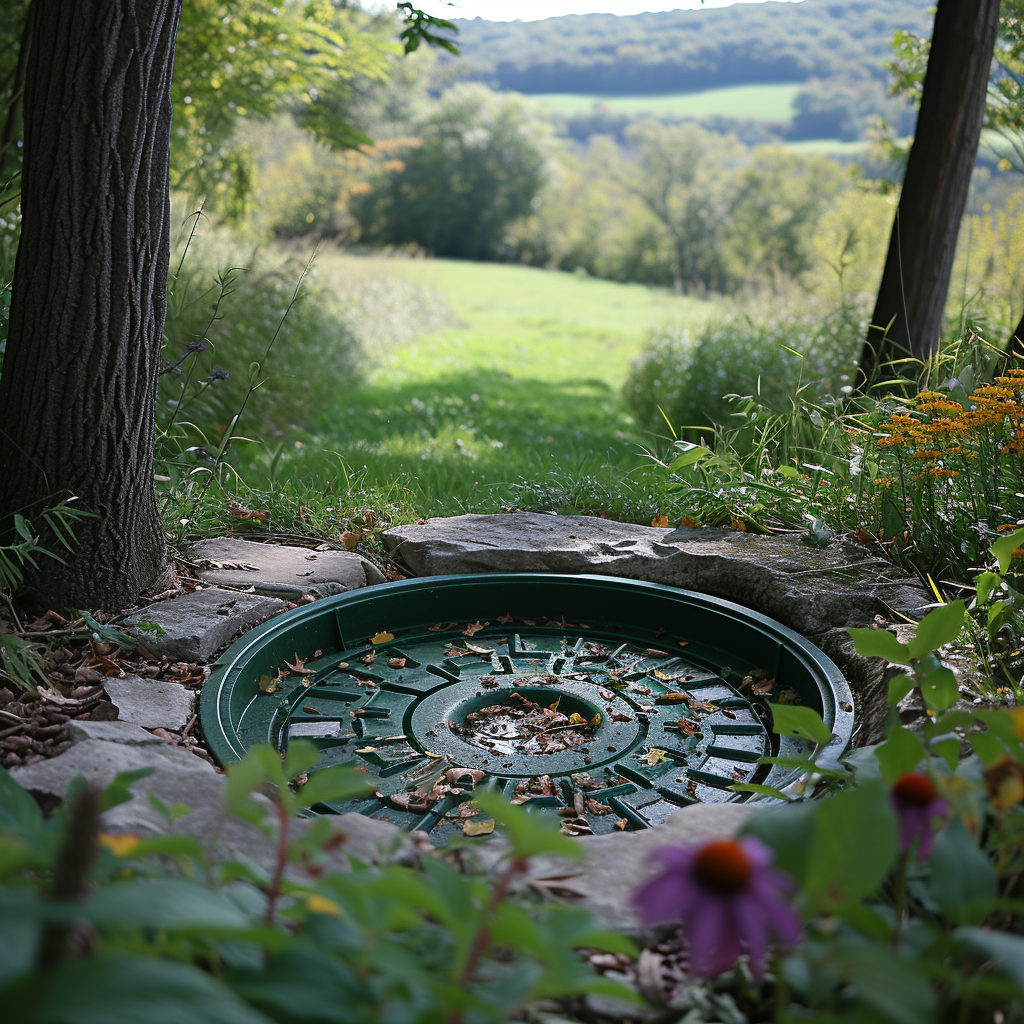
Ecoflo septic systems stand out as a beacon of sustainability in the realm of wastewater treatment. These systems are designed to minimize their environmental footprint, offering a green solution for managing domestic sewage. They operate by harnessing the natural cleansing properties of organic materials to purify the waste before releasing it back into the ground.
Glossary of Terms Related to Ecoflo Systems
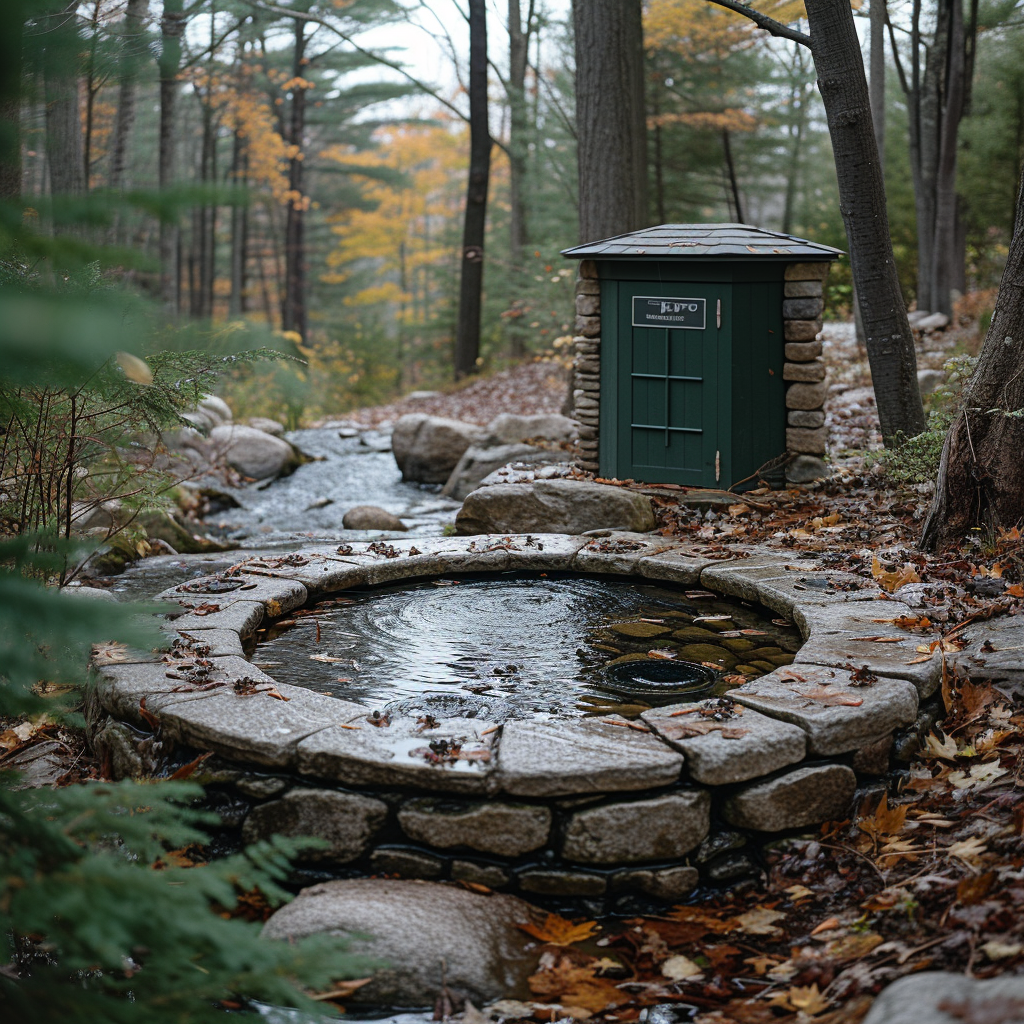
To get a better handle on the nitty-gritty of an Ecoflo system, let’s navigate through a bit of terminology:
- Biofilter: A key component in an Ecoflo system which is essentially a biological filter made from natural materials.
- Percolation Area: Part of the system where treated water trickles down and gets absorbed by the soil.
- Septic Tank: The initial gathering point for wastewater that separates solid waste from liquids.
- Tertiary Treatment: An advanced cleaning stage that further filters already treated sewage.
Contact Information for Ecoflo Manufacturers and Service Providers
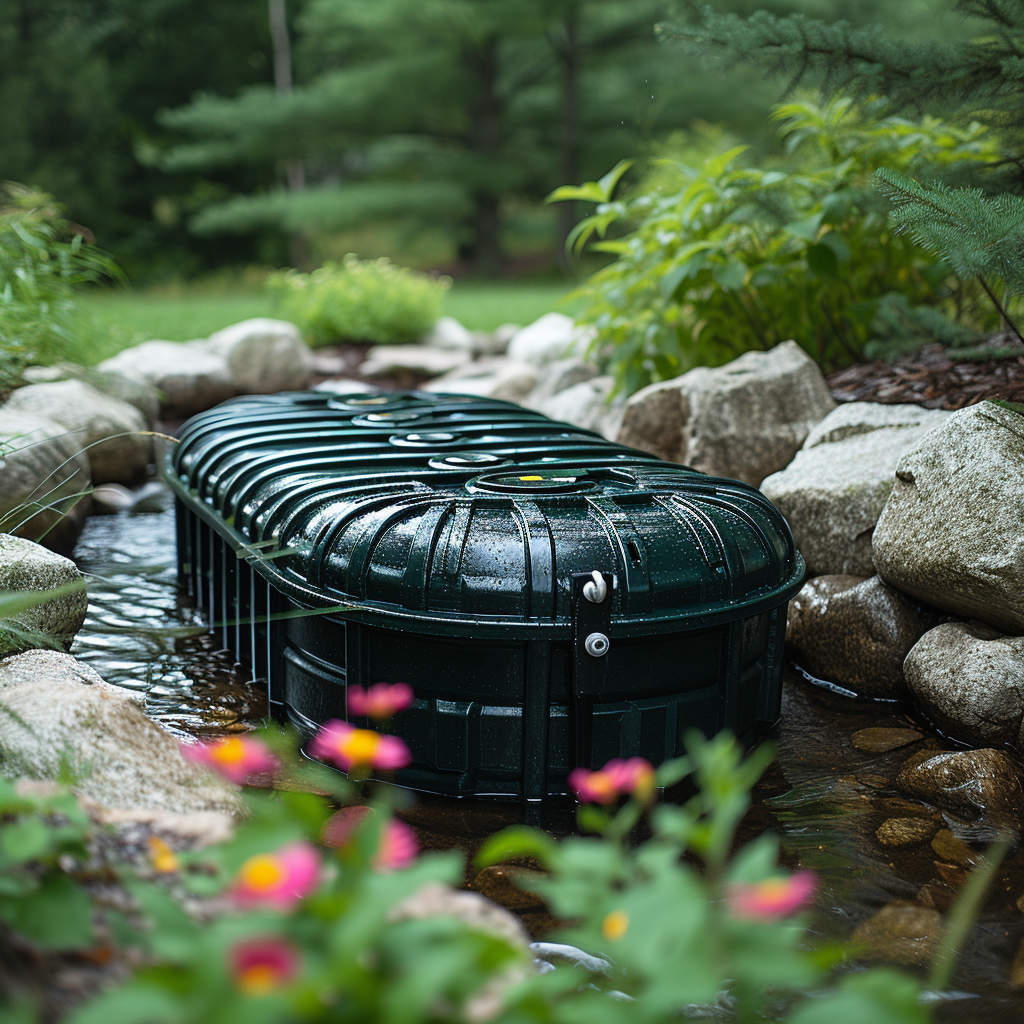
Should you be inclined to dive deeper or simply have a chat about Ecoflo systems, acquiring contact info for manufacturers and service providers shouldn’t be tedious. You can find out more about elco flow here: https://www.premiertechaqua.com/en-us/septic-system/ecoflo
Frequently Asked Questions (FAQ)
How do Ecoflo systems tackle the distribution of wastewater across the leach field?
Ecoflo systems employ a natural, highly effective filter process that evenly distributes pre-treated wastewater into the drainfield. By optimizing the dispersal method, less stress is placed on any one area, which minimizes the risk of over-saturation and maximizes efficiency.
What considerations should a homeowner make when deciding to install an Ecoflo septic system?
A homeowner mus’t carefully evaluate their property’s soil type, size, and proximity to wells to ensure the Ecoflo system operates effectively. Also, they should consider local regulations, costs, and available space for a properly-sized leach field.
In what ways does using a garbage disposal impact an Ecoflo septic tank's performance?
Introducing food waste via a garbage disposal can increase the amount of solids in an Ecoflo tank, potentially leading to clogs or added maintenance. However, with infrequent use and proper care, many systems can accommodate this addition without significant issues.
For an existing septic system owner looking to switch to Ecoflo, what would be the primary reasons for them to consider this changeover?
The main reasons might include Ecoflo’s enhanced environmental benefits such as better filtration and reduced chemicals usage. An additional enticement is its proven record for treatment excellence and lifecycle cost savings over traditional septic systems.
Can you explain why regular inspections are vital for maintaining an efficient septic system with components like the leaching pit or drywell?
Regular inspections help detect early signs of malfunctions, such as blockages or damages in the leaching pit or drywell. They enable homeowners to address small problems before they escalate into costlier repairs while ensuring smooth operation and extending system longevity.
What alternative treatments technologies exist besides an Ecoflo system that still prioritize eco-friendly waste management?
Alternatives inclue drip distribution systems that carefully release treated water into the soil or constructed wetlands that mimic natural purification processes. Composting toilets offer another solution by decomposing waste without using water at all.
How does installing an Ecoflo system contribute towards mitigating storm water runoff concerns on residential properties?
By effectively absorbing and treating waste onsite with well-designed leach fields and tanks, Ecoflo systems reduce the volume of runoff during storms thus limiting potential contaminants entering water bodies compared to more conventional sewer systems.
For regions where English isn't the primary language like Tunisia - Français or Portugal - Português, how accessible are installation services for an Ecoflo septic system?
Most global providers offer multilingual support including instructions in languages like French (Français) for Tunisia and Portuguese (Português) for Portugal ensuring that homeowners everywhere receive necessary assistance during installation irrespective of their native tongue.
What kind of headaches might a homeowner encounter if their property's soil conditions are not optimal for a typical drain field design?
Poor soil conditions may necessitate alternative designs such as elevated sand mounds or advanced treatment systems like Ecoflo to provide adequate treatment; else homeowners might face recurrent drainage issues or non-compliance with environmental standards.
If someone wants to understand more about seepage pits versus traditional tanks regarding wastewater solutions, where should they start?

I’m Tim Robberts, a seasoned wastewater treatment & septic system expert with over 40 years of experience in the field. My career began as a septic tank installer, and I quickly gained a reputation for my attention to detail and commitment to excellence. Over the years, I’ve honed my skills in designing, installing, and maintaining septic systems for residential and commercial properties.
